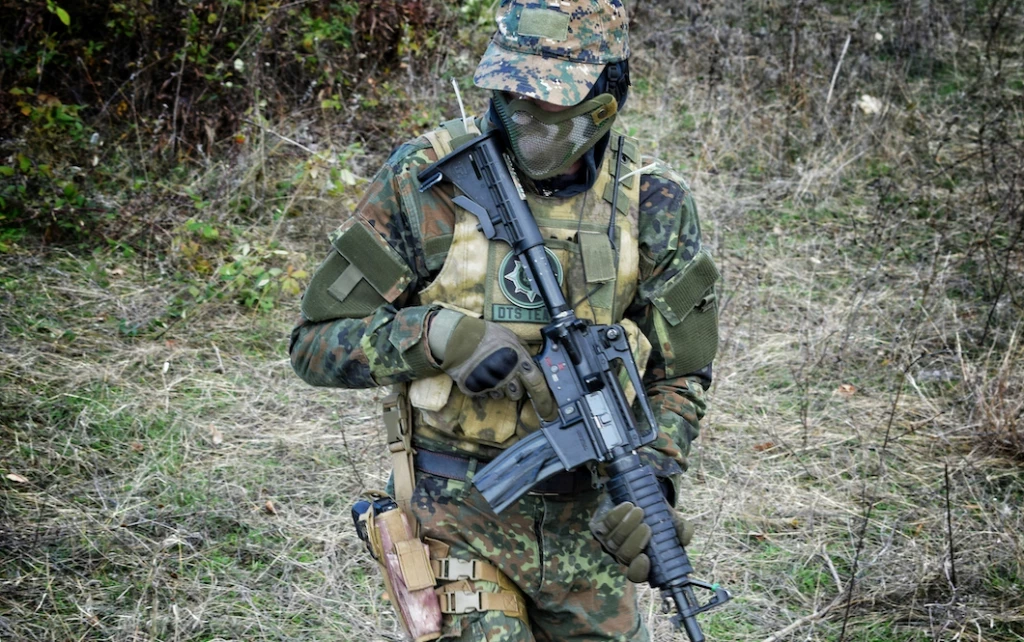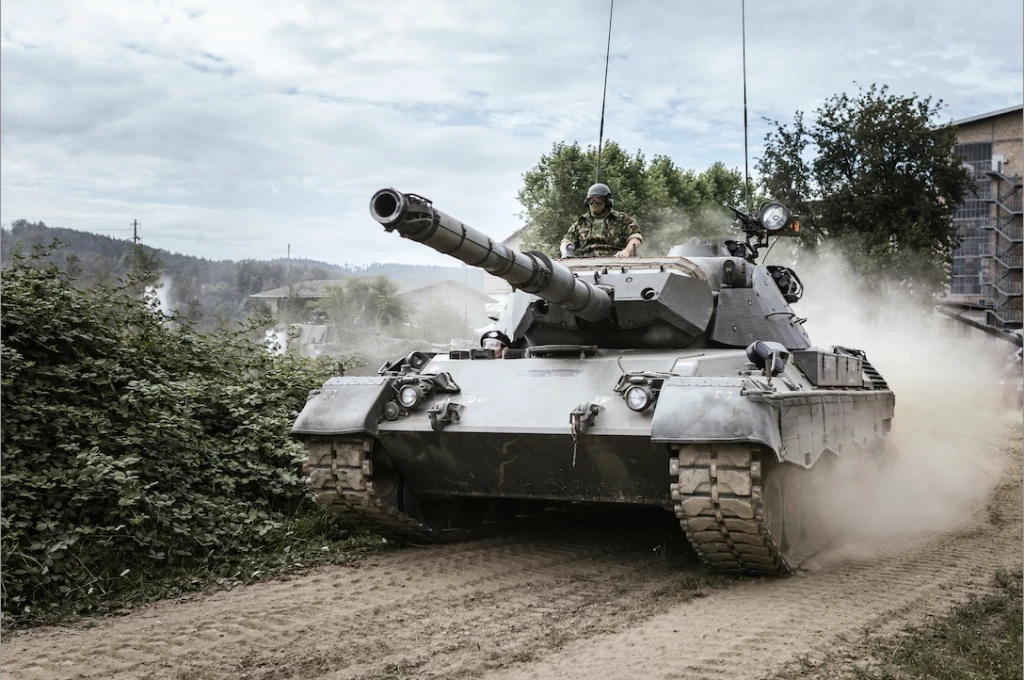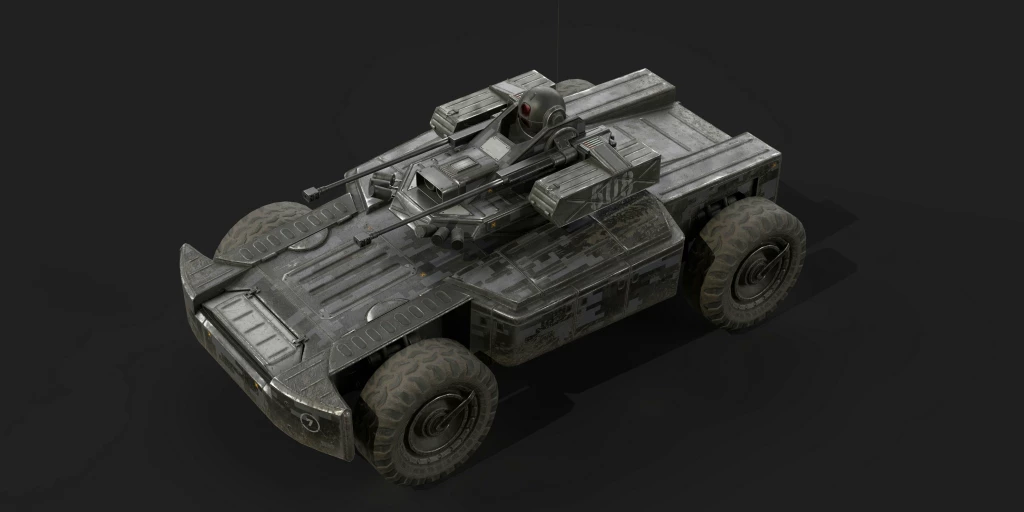The role of rotary wing in Colombia
Add bookmark
Colombia is a country with complex geographic features. Three long mountain chains cross the territory from south to north. Altitudes vary between 3.000 meters (9.900 ft) to 5.000 meters (16.000 ft) above sea level. There is a huge extension of jungle and rainforest in the south, west, and northeast. The total length of Jungle regions is approximately 500.000 square kilometers (200.000 square miles). In the eastern region, there are thousands of square kilometers of flat areas crossed by dozens of rivers.
These peculiar geographic properties have affected the capability of the government to access populated rural areas, thereby limiting positive state control and timely addressing peasant and indigenous community needs. Likewise, the rural population has had permanent difficulties to move easily through the territory.

This complex geographic environment has been smartly used by drug cartels and all kinds of criminal groups to carry out their illicit activities. Examples include the establishment of cocaine labs in jungles, the use of rivers and streams to transport illicit drugs and illegally trade firearms, and the use of remote areas as hiding places for left- or right-wing terrorist bands, among others.
In the context described above, helicopters emerged as a powerful solution with strategic scope. At the beginning of the new millennium, Colombia progressively acquired a strong rotary wing capability. The dynamic of irregular warfare with FARC (left-wing terrorist group) and the notable increase of drug-trafficking business, forced the Ministry of Defense to expand the number of helicopters, taking advantage of the long-lasting Colombia-USA military cooperation programs.
As the Blackhawk and Bell fleets increased, the Colombian Army was asserting important victories against FARC and their huge narcotraffic structure. Sufficient reliable data and statistics evidence how the downfall of FARC, in the first decade of this millennium, is directly related to the increase of air assault asymmetric operations. Both helicopters and air assault capabilities were fundamental to potentialize aerial maneuver, force and fire concentration, speed, surprise, offensive actions, flexibility, economy effort, and one of the most important concepts in the context of military operations: combat moral.
The link between successful Colombian Army’s air assault ops and FARC’s massive demobilization and further peace processes is proven. Thus, the presence of strong helicopter capabilities allowed unprecedented results in the most ambitious aim of the Colombian state, to cut the fratricidal conflict suffered for more than 50 years.

In various cases, left-wing insurgent groups try to convince the public opinion that demobilization and peace processes were part of their political strategies at a given moment in time. In the Colombian case, however, FARC was militarily defeated. This insurgent group had no other option but to demobilize and swiftly change from terrorist actions to political activities.
Helicopters in Colombia have and always will play a key role not only for military interests but also, to take part in diverse tasks related to logistic support, humanitarian aid, and emergency missions to aid the thousands of Colombian people who live in difficult conditions. We will always be grateful for the pilots, crews, maintenance teams, training teams, and combat soldiers who brought glory to our great nation. Moreover, we will always be grateful to those who lost their lives in the line of duty.
(Ed.- Many thanks for the article’s Photographs which were submitted by one of the best Photographers in Colombia: Mauricio Velez!)






















